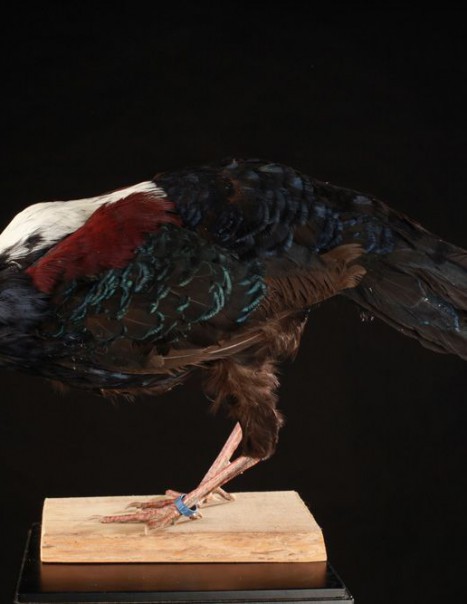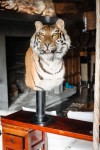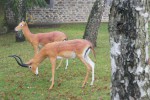Swinhoe’s Pheasant – Lophura swinhoii
This pheasant lives only on the island of Formosa, in dense deciduous forests at elevations below 2500 meters. It also frequents forest roads and edges of woods, in sparse undergrowth in bamboo plantations in mixed forests.Many mammals and owls regularly targeting chicks, snakes plunder nests and are fond of eggs. The nests are so well hidden it is very difficult to locate them. They are placed on the ground in secret places sheltered from stumps and rocks that protect them against predators and weather. Sometimes, the nest is built in a tree well hidden by vegetation.
The female lays 3 to 6 eggs, the incubation period is between 25 and 28 days. After 2 to 3 days, the chicks are able to venture out of the nest on their own. The young are very similar to females. It is necessary to wait the end of the winter so that the young males begin to dress their adult’s plumage.
Swinhoe pheasant follows the same route every day in the vegetation. These paths are not permanent and even pheasant can have multiple entries in its feeding area, it is active at dawn and late in the day, especially in foggy weather when visibility is low. Its diet consists of grass seeds, flowers, moss, fruit and a lower percentage of insects such as termites, butterflies, grasshoppers and beetles. When resources are plentiful, foraging is done in groups.






